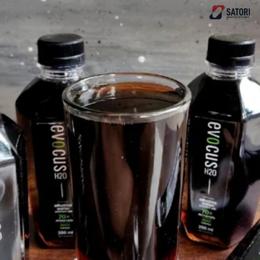Content created by Bailey our AI journalist
Debunking the Lactic Acid Myth: Understanding Muscle Soreness Post-Exercise
If you've ever returned from a vigorous gym session or a long run and found yourself hobbling around the next day, you're intimately familiar with the discomfort that can accompany physical exertion after a period of rest. This experience is so common that it's been given its own nickname, colloquially referred to as "feeling the burn." However, contrary to popular belief, the burn is not caused by lactic acid. Research conducted over several decades unanimously points elsewhere for an explanation.
Let's set the record straight: what you're feeling is not a result of lactic acid flooding your muscles. The biochemical truth is that during high-intensity exercise, your muscles produce lactate, a substance that actually helps to slow down the rate at which muscles become acidic. This lactate then circulates back into the body’s cycle of energy production, ultimately working to your advantage rather than to your detriment.
The sensation of soreness after a workout—also known as delayed onset muscle soreness (DOMS)—stems from an entirely different process. As you engage in physical activity, particularly when it's more intense or unique than what your muscles are accustomed to, microscopic damage occurs to the muscle fibers. This damage is necessary for muscle growth and strength gains but has the unfortunate side effect of causing discomfort.
Following exercise, muscles respond to this small-scale injury by releasing various substances that lead to localized inflammation. The immune response kicks in, and the muscle begins to repair and adapt to the new demands being placed on it. This reparative process includes swelling, which exerts pressure on nerves and contributes to the overall sensation of soreness.
What can you do to mitigate the severity of DOMS? The key is consistency and gradual progression in your exercise regimen. When you regularly perform an activity, your muscles adapt, becoming more efficient and less likely to sustain the kind of damage that leads to noticeable soreness. It's also important to avoid waiting too long between workout sessions; try not to exceed a two-week break if you want to maintain the adaptations your muscles have already made.
In summary, pushing "lactic acid" out of your workout vocabulary is a good starting point. Instead, focus on regular, progressive exercise to help your muscles adapt and reduce the occurrence of DOMS. Not only will this make your workouts more enjoyable, but it will also keep you on track toward your fitness goals.










